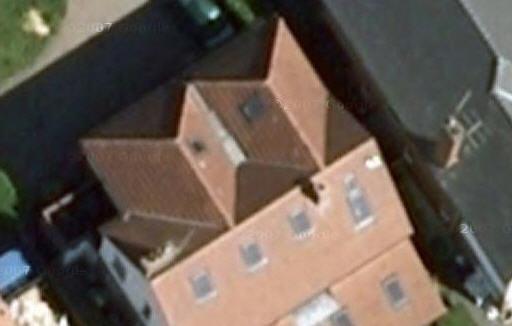- Joined
- 13 Feb 2009
- Messages
- 120
- Reaction score
- 3
- Country

recently had a small extension built with roof carcassing, the roof is hipped and sits parallel to another small hipped roof. i need to form something like a 'box gutter' to drain surface water away but obviously there is no fall at the moment.
(roof carpenter told me it needs a 'box gutter' before claiming to have flu and is now onto another job)
what is the best way to form this gutter? he mentioned 18mm ply, stepped every 1.5m and with a 1 in 40 fall. i was up there today and with A 2.6M linear run the width of the gutter at its highest point would be around 2 feet, which is shed loads of (expensive) lead!
heard glass fibre kits are also an option?
to be honest i'm not sure what this type of valley/gutter is officially called?!
cheers.
(roof carpenter told me it needs a 'box gutter' before claiming to have flu and is now onto another job)
what is the best way to form this gutter? he mentioned 18mm ply, stepped every 1.5m and with a 1 in 40 fall. i was up there today and with A 2.6M linear run the width of the gutter at its highest point would be around 2 feet, which is shed loads of (expensive) lead!
heard glass fibre kits are also an option?
to be honest i'm not sure what this type of valley/gutter is officially called?!
cheers.

